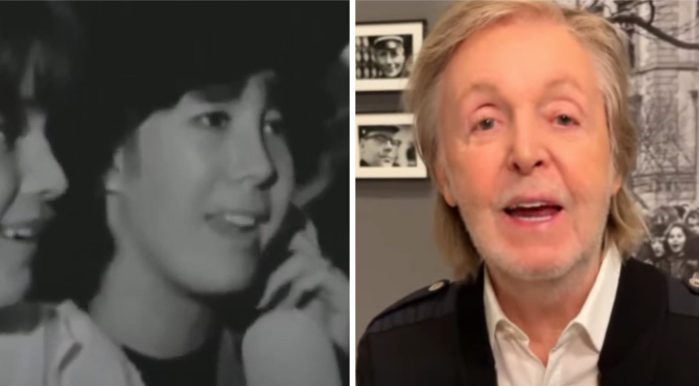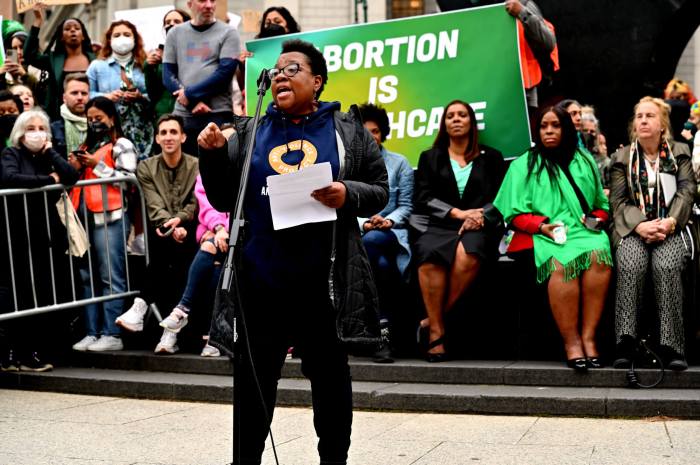There is still a bit of mystery surrounding the thousands of photographs, but after a major digitization project, an intriguing collection of 20th century images documenting the people and buildings of Pratt Institute and its environs are available to eager researchers and Brooklyn history enthusiasts.
Taken between 1957 and 1973 by the Pratt Institute Photo Department, the negatives sat in a filing cabinet largely inaccessible to researchers until efforts to scan the almost 30,000 individual images began in 2019. The two-year project by Pratt’s Special Collections & Archives became a full-time task for a scanning technician during the work-from-home days of the pandemic. The negatives were scanned, converted into positive images and assembled as contact sheets for easier viewing. With the last of the 7,000 contact sheets uploaded this summer, the online collection is now complete.

A browse through the mostly black and white images shows student and academic life were heavily documented, including homecoming, lectures and athletic events. There is also plenty of architecture. A glimpse at the background of a baseball game gives views of the surrounding neighborhood in 1958, workers are shown busy converting the former Goodwill building at 369 Dekalb Avenue into the Pratt Studios in 1963, and a series of images from 1973 shows the impact of housing policies on the residences of Clinton Hill and Bed Stuy. The images aren’t limited to people and buildings; architectural models and plans, art exhibits, maps and brochures are included in the collection as well.
Some digging also reveals that the collection has images from beyond the campus and its immediate surroundings, including 1958 photographs of an art class at Coney Island, 1966 shots of the former Squibb (now former Watchtower) complex in Brooklyn Heights and a 1967 proposal for a redesign of the Brooklyn Navy Yard.
Full details about what is depicted in the images, which were originally intended for promotional use, and even the identity of the photographers is scarce. The negatives were originally stored in manila envelopes labelled only with a job number, date and project title. That leaves plenty of opportunities for online sleuths and historians to solve some mysteries.
“My hope is that researchers can use the negatives as visual evidence to supplement their own work and glean new insights,” said Travis Werlen, Digital Initiatives Coordinator at Pratt Archives. “We would love to hear from anyone who is able to make their own connections with these materials and provide information about the images.”
The Pratt Institute Archives Negatives Collection is available to peruse online via Jstor along with six other collections from the Pratt Institute Libraries.
This story first appeared on Brownstoner.com























